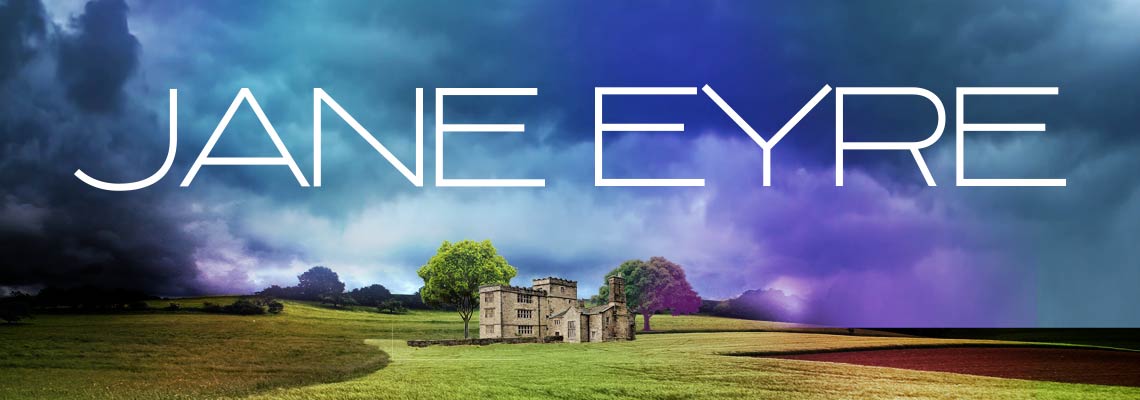
Charlotte Brontë
By Sally Lobel, Assistant Dramaturg
Since Jane Eyre was first published in 1847, readers have been captured by its heroine’s passionate voice, emotional complexity, and singular point of view, which owes a great deal to Charlotte Brontë’s personal experience.
Charlotte Brontë was born on April 21, 1816, at the parsonage in Thornton near Bradford, Yorkshire. She spent her early years at the Clergy Daughters’ School at Cowan Bridge, where she lost two older sisters to typhoid fever. This traumatic early experience inspired her depiction of Jane’s time at Lowood School. Her “humiliating” experiences as a school teacher and a governess also influenced the novel. She struggled to bear the anonymity required of governesses, writing: “I see now more clearly than I have ever done before that a private governess has no existence, is not considered as a living and rational being…”
Like Jane, Charlotte Brontë was torn between feminine ideals of the time, and a deep-seated desire for freedom, knowledge, and independence. Painfully self-conscious due to her “quaint, old-fashioned look” and lack of conventional beauty, she was both proud of and tormented by her “fiery imagination” and intense emotions. She fixated passionately on people and creative projects – the Glasstown Saga, a childhood series of writings and plays created with her siblings Emily, Anne, and Branwell, was inspired by a variety of literary and historical sources, including fables, the politics of the time, and writers like Milton and Byron, and provided inspiration through young adulthood.
Brontë’s personal and professional life was often unsettled. She held various unsatisfying governess and schoolteacher posts, and moved to Brussels in 1842 to study and teach before ultimately returning to England. She refused two proposals of marriage from “suitable” matches due to lack of love, despite the financial struggle of providing for herself. However, she did find some pleasure in domestic life, marrying Arthur Bell Nicholls, who had been her father’s curate for seven years. She died on March 31, 1855.
While she is best known for Jane Eyre, Charlotte Brontë also published collections of poetry and prose, as well as three other novels: Shirley (1849), Villette (1853), and The Professor (1857).

